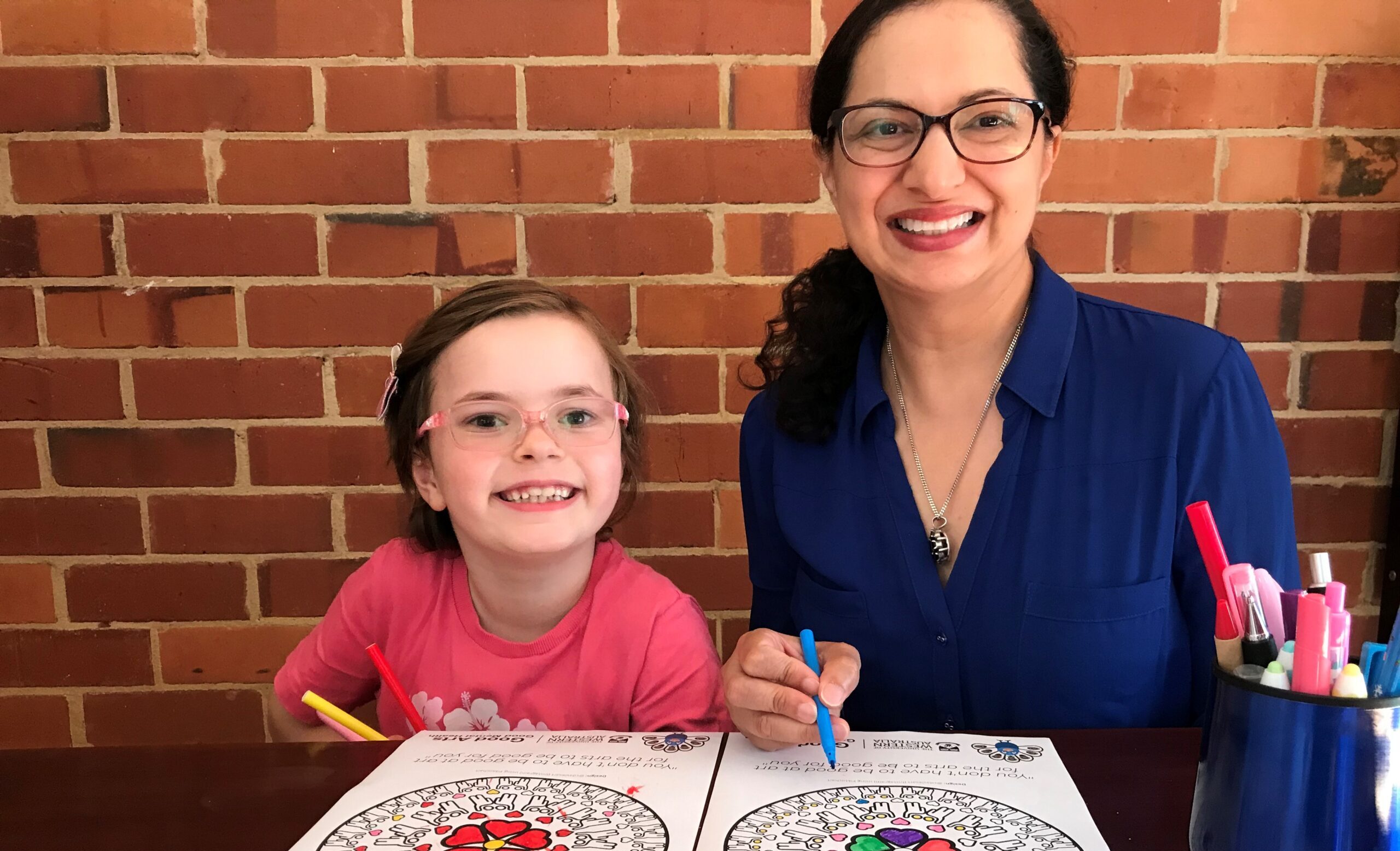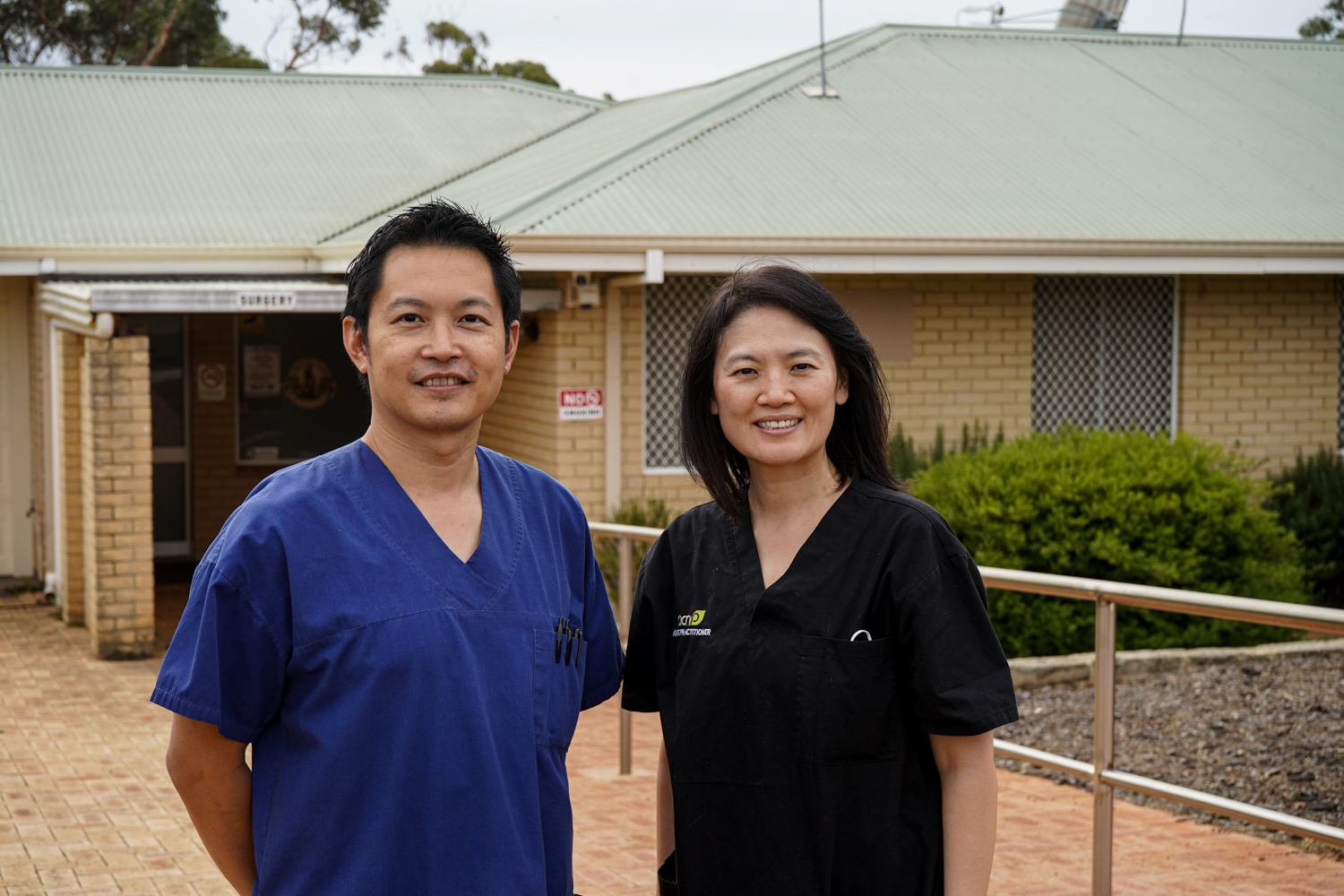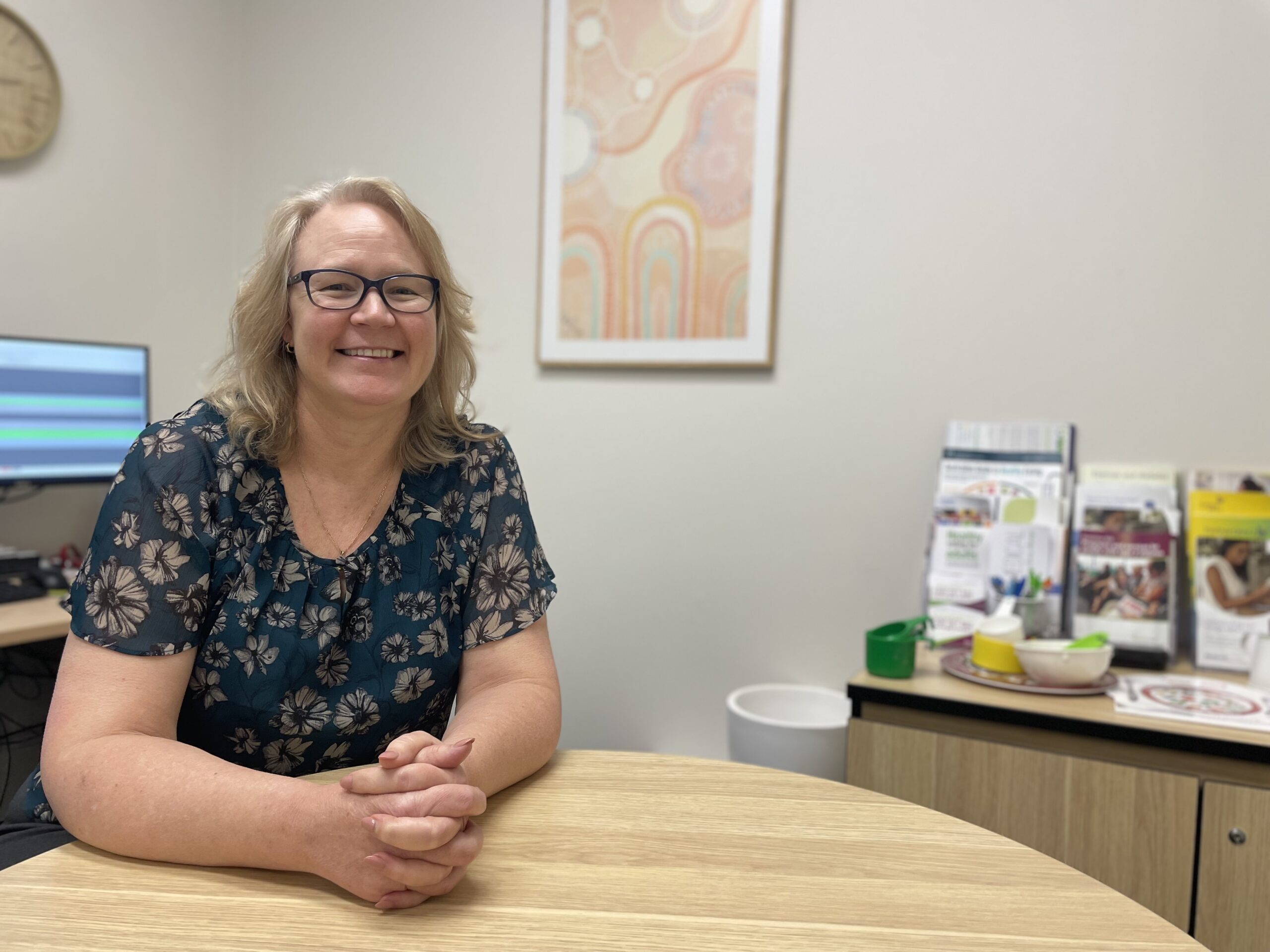A UWA study shows that not only is participating in the arts enjoyable, it’s good for our health, writes MYKE BARTLETT, with participants agreeing that arts engagement can enhance mental wellbeing.
Therapy can be very effective for addressing mental health issues such as depression or anxiety, but it isn’t always easily accessible or affordable. However, a new approach to therapy might help. A team of researchers at University of Western Australia are digging into the power of art – in whatever form we might enjoy it – to transform our mental health.
Dr Christina Davies, who leads the team, says that engaging with art in a healthy or therapeutic way isn’t just fun, but something we’re all probably doing already.
“Art therapy is something that everyone can do as part of their everyday life,” Christina says.
“It’s things like singing and dancing or drawing and painting. But it’s also reading books, it’s listening to music, it’s going to concerts and movies. It’s all those things that bring us joy and happiness, and connection to other people.”
In our fast-paced world, there can be a sense that we should always be doing something productive, whether that’s earning money, undertaking study or housekeeping.
“It’s kind of funny, but for some reason, we often feel guilty about spending time engaging with art, or we can see it as a luxury.”
Christina says that it’s important to realise that consuming or creating art – however enjoyable it may be – is beneficial when it comes to shaping our health. All the same, art therapy remains an area of research that hasn’t received much attention.
“Art therapy has been around for a really long time, but compared to sports and health, we have a newer and smaller evidence base. With mental health issues increasing, it’s important to empower people to know that there is this evidence-based option for you.”
Empowering people and expanding that evidence has been the focus of Christina’s academic career.
“There’s really strong evidence of the link between art and mental wellbeing, especially mood. For my PhD, I interviewed a range of people – people who paint, people who do pottery, people who listen to or play music – and asked them why they do it. Within three sentences, I could guarantee that they would say the word ‘happiness.'”
This year, Christina put together the 5-Day Arts Challenge – a collection of prompts and resources to help people rethink how they engage with the arts and try a few new activities. All of these activities are designed to be as affordable as they are achievable. Christina is keen to emphasise that the arts are for everyone, whatever your skill level or budget.
“One of the most amazing places to buy art supplies is actually your local shops. It doesn’t have to be fancy stuff. It’s worth checking your local paper as councils will quite often have arts events on for free. There’s so much that people can do that isn’t costly but still brings joy and happiness and connection to other people.”
Diabetes WA note: Art therapy should not be considered an alternative to clinical treatments. Talk to your health team before making any changes to your therapy routines.



